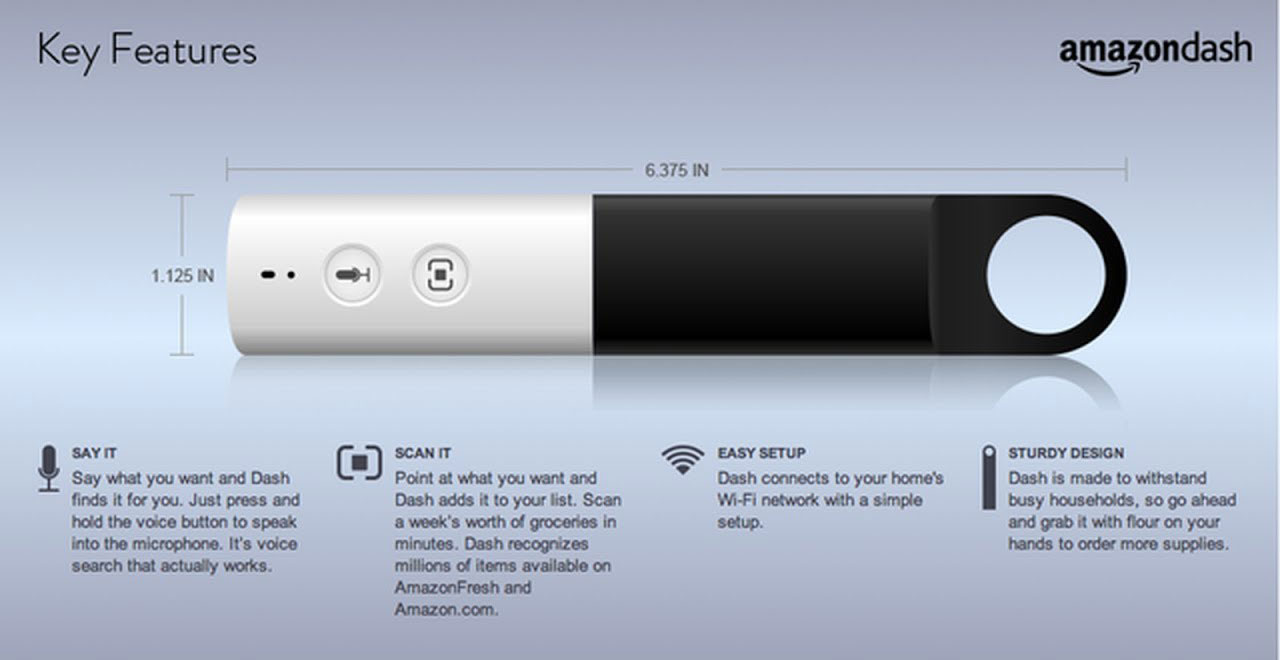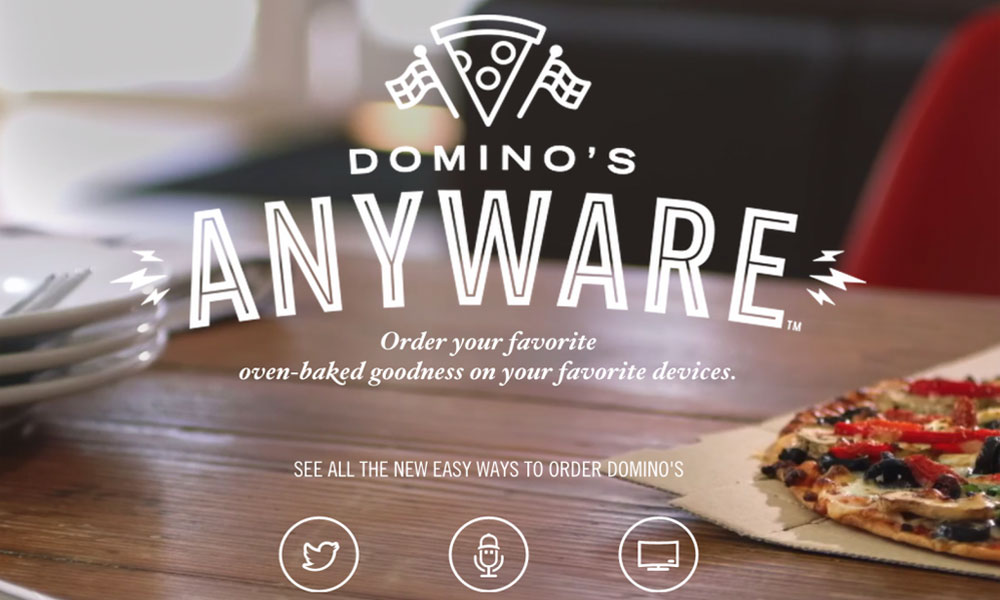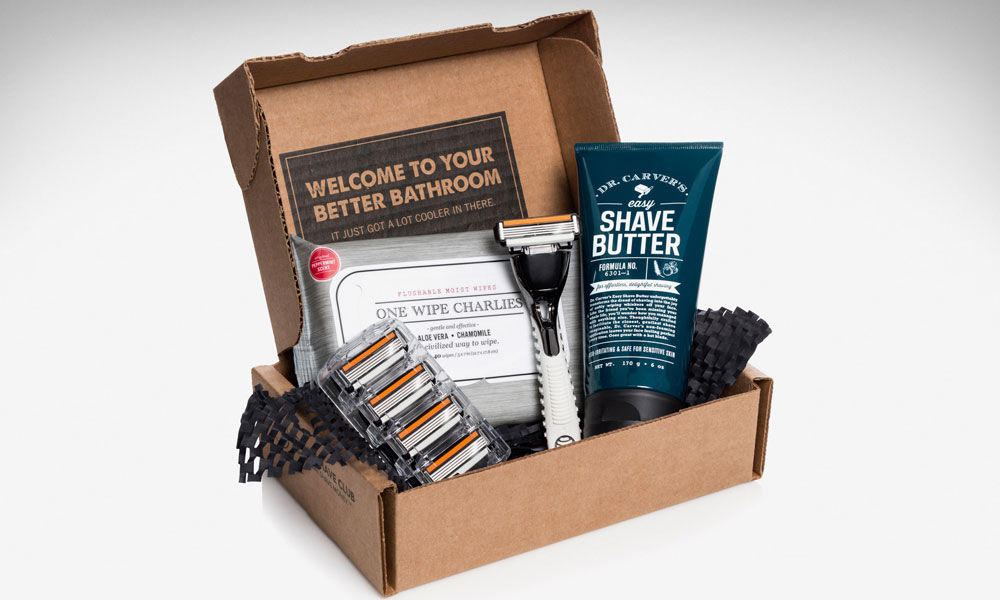Let’s face it: we all like acquiring new things. Things that make us feel good or look good or make our lives easier somehow. We like the thrill of browsing through our choices and finding that perfect item that no one else has or everyone else wants. Shopping! It is one of the oldest and most pleasurable pass-times. No one can deny it.
When I was little, my parents took us to the opening of the first shopping mall in Bloemfontein. It was a momentous occasion and we all dressed up in our Sunday-best to welcome the new addition to our little town, an addition that would soon consume most of our free time as my mother, sister and I lazily perused shop window after shop window mesmerised by all the shiny new things.
For the first time we were also able to find everything we needed under one roof – from clothing to hardware to groceries – even making it bearable for my father to tag along as he could now buy that new drill or braai he desired while we tried dress after dress in fitting rooms.
A few years later, we moved to Jozi and I was stunned by the fact that there was more than one big shopping center. Not only that, but shops stayed open past 5 pm and were even open on Sundays! Oh the opportunities were endless! Oh, so we thought.
Fast-forward to the present and I now buy stuff all the time from my laptop, my phone, big shopping malls or bespoke pop-up shops. Anything I could ever want or need is either a few minutes drive or a simple click away.
How we live and behave is changing drastically. It is changing because technology has enabled an increasingly connected lifestyle where instant gratification is the name of the game. And so technology is, to an extent, shaping our behavior as well as our expectations of the world and the proliferation of brands that form our reality.
One such expectation is the ability to shop anywhere, anytime for anything and therefore we are developing an instant, constant and unrelenting expectation of retailers to shine. Because when you’re fast-paced life is divided into timeslots of deadlines and meals and carting children to various activities and meetings and conference calls, the last thing you need is a tedious shopping expedition.
Our, I-want-it-now attitude has created a compliant market place that constantly strives to meet our needs and demands. This allows us to carry on with the things that really matter most to us. Why do I want to spend my Saturday morning in a shopping mall when I can take the dogs for a walk on the beach?
Retail giant Amazon is one of the biggest drivers of this essential shift in commerce. They constantly innovate and understand the need to perpetually satisfy customer expectations. They do this by connecting and integrating their products seamlessly into consumers’ lives.

The Amazon Dash Wand makes ordering groceries a piece of cake. You only have to hold down the voice button and call out items that are running low in your fridge and Amazon Dash’s easy interface will order it automatically. They’ve even produced our first serious glimpse into the future of an intelligent home. She is called Alexa and can order your pizza, create shopping lists and control various smart devices in your home. Some might call this a dream come true! But if you prefer a more traditional shopping experience without the fuss, this mega-brand is also experimenting with Amazon Go – where Prime members scan their phones, skip the check-out at their favourite store and walk straight out.

Amazon is not the only brand who understands the importance of instant and on-demand purchasing. Other brands are adopting this approach, fast. Domino’s Anyware™ allows you to order pizza from your smart watch, smart TV, Twitter or texting via emoticons – seamlessly integrating their brand into their consumers’ lives, without even having to use words (smiley face)!
Tech start-ups are also radically disrupting the commerce industry and altering a wide variety of consumer product categories, so much so that they’ve acquired a new term:
the digitally native vertical brand.
Their primary means of interacting, transacting and story-telling takes place on the web. And if they want to extend offline, it is normally through experiential retail or highly selective partnerships. Their core focus is on customer experience and customer intimacy and the only reason they can do this is because of new technology and this consumer behavior that has immerged in the past 10 years.

In 2016, Unilever acquired Dollar Shave Club for $1 billion. Sharing hilarious online videos on social networks created instant customer recognition. They were able to create a brand far more quickly and for less money than a company could have managed a few years ago. Back then you needed big TV and radio budgets and lots of airtime, to even scratch the surface of this kind of scope.
They also shaved off the price of their product by cutting out a costly retail presence and delivering straight to people’s homes on a subscription basis. They’ve made it more convenient for consumers to buy shaving products online than going to a store. And isn’t this what we all want? Lower prices, less time wasted and complete and utter convenience?
Although these kinds of online brands aren’t new (Warby Parker began selling glasses over the web in 2010), there has been a rapid increase and success of such companies in the last few years and the Dollar Shave Club deal suggests their growing importance. Technological change has therefore created creative disruption – and no company or brand is immune to this. Nor should they be.
But technology alone is not enough. Even Amazon has been opening physical bookstores, most recently in New York City’s Columbus Circle, and the acquisition of Whole Foods could signal Amazon’s vision of including physical retailers into their offering. Previously exclusive online stores, such as Warby Parker that allows you to try on frames at home for free, have also opened physical stores. Does this mean we don’t know what we want? We strive for online convenience yet demand the physical entity of a shop front? No – it means we want it all.
Oak Labs believe that physical stores have not changed much in the past 100 years, however, customers have. They are trying to bridge this gap between technology and retail by creating intuitive customer experiences, which will transform the shopping landscape. One such experience is The Oak Mirror. It is an interactive, touch screen mirror that empowers shoppers to customize their fitting room experience. Customers can explore product recommendations, digitally seek assistance from store assistance and even adjust the room’s ambience (no more neon lighting and terrible shadows in fitting rooms!).
It uses RFID technology to recognize products as they enter the room. It syncs with the retailer’s inventory system to provide intelligent product recommendations and seamlessly connect shoppers with sales assistance via mobile or wearable devices. So you no longer have to dress and redress to go and look for smaller or bigger sizes, and then run back to your cubicle before someone else steals it. But why does this matter? Well, shoppers who make use of a fitting room is seven times more likely to make a purchase (according to research by Alert Tech) and Ralph Lauren has had a basket lift of 59% since the launch. So there we go. We’re demanding it all and retailers need to start delivering.
We are constantly redefining what stores are or what they mean to us. Take Bonobos Guide Shops for example – they don’t sell anything in-store. A Guide will walk you through the Bonobos assortment and help you find the perfect fit. You then walk out shopping-bag-free as your Guide will purchase your goodies for you online and deliver to you for free.
Howard Schultz, based in Seattle, has been instrumental in changing the retail landscape. In 1992 there were a mere 165 Starbucks coffee shops in North America but today there are 27,000 worldwide. He created the notion of the ‘third place’ – the place between home and work. And yes, he’s created Starbucks Reserve, a bespoke, experiential roastery immersion where you can experience their rarest, small-batch coffees and buy artisanal coffee paraphernalia.
What really made them a ground-breaking retail brand, was the launch of the Starbucks app in 2010 – pay using the app, skip the queue and get rewarded. It is the digital thread through their entire business and one of the most successful mobile payment apps in North America – clearing $1.7 Billion every year.
In a world where people embrace increasingly connected lives, and as the market became more saturated, he ensured that his brand remained relevant by giving customers what they want, when they want it in the most convenient way, and still providing an authentic coffee experience for those who wanted it. Not only can you have your cake (and coffee) but you can eat it too!
Retailers that want to survive this highly dynamic and exciting commercial future need to compete ferociously on various platforms – mobile, desktop, tablet and physical storefront. Neglecting any one of these is not an option and will quickly ensure being left behind. And consumers do not look back.
Instead, gazing into the future gives us a glimpse of an Artificial Intelligence (AI) dotted the commercial landscape where absolutely anything is possible. Eric Oliver, director of digital marketing of The North Face, believes that “Every brand wants to forge an emotional connection with its customers”.
Those connections aren’t made on digital channels but through human experiences. Perhaps with AI even our deepest desires and all our emotional needs will be met too.
The future of retail, in my opinion, is one that is governed not by the brand, but by what customers want, and their wants are based on their intrinsic human experiences. Only the retailers that can rapidly adapt to the ever-changing expectations of consumers – expectations created by and through technology – will survive. Because as Peter Drucker once said, “The greatest danger in times of turbulence, is to act with yesterday’s logic.”








